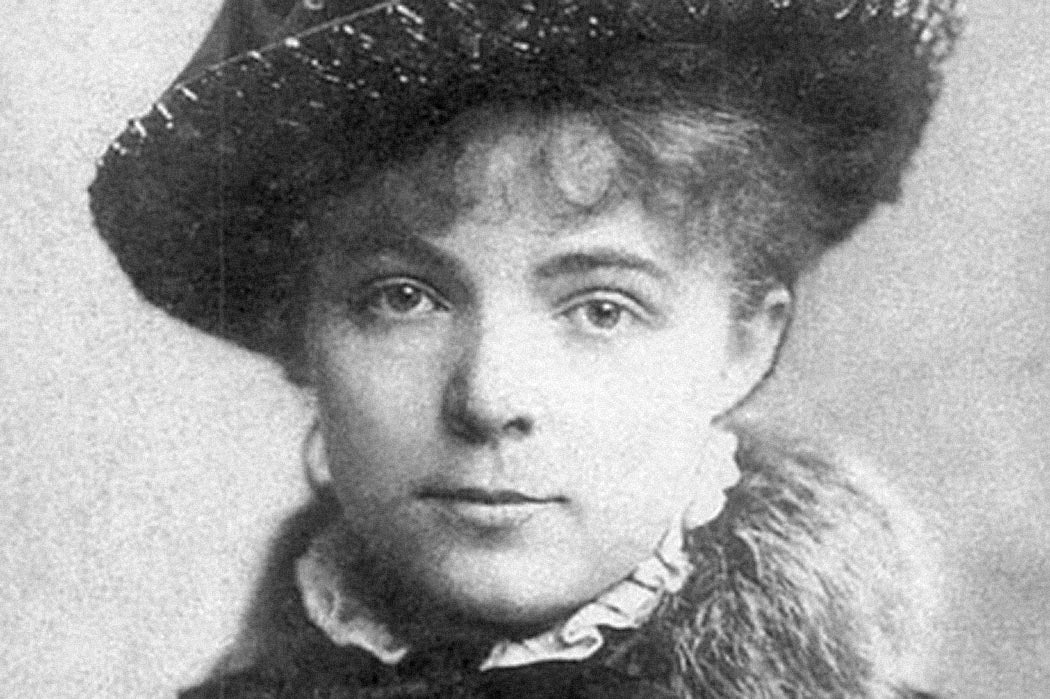Young women who kept diaries in the nineteenth century were seldom taken seriously. They often lacked access to higher education and job prospects, and their thoughts and emotions were considered trivial and unworthy of consideration. Historically, their male counterparts’ journals have received much more attention. But just a few lines taken from the diary of art student Marie Bashkirtseff (1858–1884), born in Ukraine when it was part of the Russian empire, suggest that at least some young women at the time were experiencing much richer inner lives than perceived by those around them.
There is nothing in the world to compare with Art… One forgets everything in one’s work; one regards those outlines, those shadings, with respect, with emotion—one is a creator, one feels one’s self almost great.
Marie Bashkirtseff was a prodigy with promise. A precocious young artist, she took advantage of the opportunities available to her in Paris, where her wealthy aristocratic family had settled, by enrolling in the prestigious Académie Julian. Unfortunately, only half a dozen of her paintings survive, so her reputation today is based less on her art and more on her diary, in which she meticulously recorded her youthful ambitions and later daily activities as a serious art student.
Art education scholar Enid Zimmerman notes that Bashkirtseff’s journal “is an example of a diary written by a woman in her adolescent years and early adulthood, in the mode of self-presentation, concentrating on explicating details of her most personal life.”
Zimmerman emphasizes that the diary, like many others of its kind, serves as an invaluable historical document as well as a unique piece of non-fiction writing. As Bashkirtseff began the journal when she was thirteen and stopped writing it at the age of twenty-five, in the year of her early death by tuberculosis, the diary serves as a mode of preservation on par with the arts of taxidermy and mummification. It freezes a single, brief life forever. Moreover, it offers readers a new awareness of the particular, discriminatory struggles faced by past women in the art world, demonstrating “that women art students suffered societal constraints and were not best served in respect to their art education.”
Bashkirtseff’s diary was published in 1887 to critical and commercial success. Her signature writing style, which allows readers to accompany her on a psychological journey during which she experiences intellectual and artistic enlightenment, inspired future writers, who also turned to their journals as creative outlets for stormy feelings. The serial diarist Anaïs Nin, who documented her sexual adventures across the bohemian underworld of twentieth-century Paris, was an admirer, as were English diarist W. N. P. Barbellion, author of The Journal of a Disappointed Man, and New Zealand writer Katherine Mansfield, whose journals were a place of solace in a short, often lonely life.
Weekly Newsletter
But perhaps Bashkirtseff’s biggest fan was the Canadian-American memoirist Mary MacLane, who was such a devoted disciple that she was given the nickname “the Butte Bashkirtseff” by H. L. Mencken.
“But in her great passion—her ambition, Marie Bashkirtseff was beautifully consistent,” muses MacLane in her 1902 memoir. “And what terrific storms of woe and despair must have enveloped her when she knew that within a certain period she would be dead—removed from the world, and her work left undone!”
It takes a special kind of voice to transcend decades to evoke the sympathy of fellow artists. Bashkirtseff, young as she was, had it.
Editor’s note: This article was amended to clarify Bashkirtseff’s place of birth.
Support JSTOR Daily! Join our new membership program on Patreon today.







